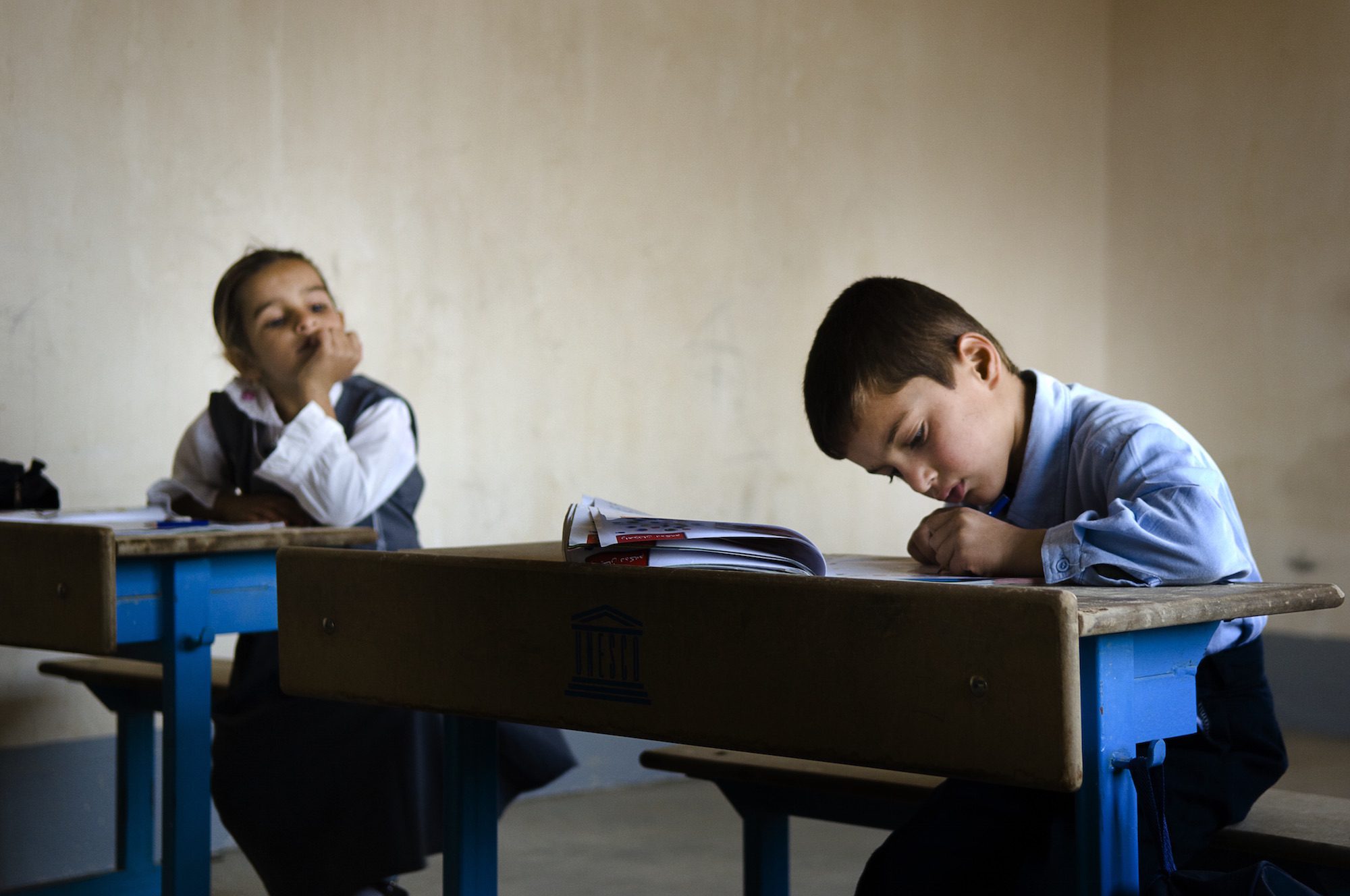Teacher Pack: What is Anfal?
Kulajo was one of thousands of Kurdish villages targeted by the Iraqi regime of SADDAM HUSSEIN during the Anfal operations of 1988. By the end of that year, half of the inhabitants of this tiny community of 300 people were dead. The lives of Kulajo villagers who survived would never be the same again.
‘Anfal' was a series of eight military campaigns conducted by the Iraqi government against rural Kurdish communities in Iraq, which lasted from 23 February until 6 September in 1988.
The word ‘al-Anfal’ is religious in origin: it is the name of the eight sura or chapter of the Koran, and literally means ‘the spoils’, as in ‘the spoils of battle’.
This teacher pack serves as a companion guide for the documentary ‘Kulajo: My Heart Is Darkened’, which can be viewed above. The film explores the stories of survivors from a single village who survived the horrors of Anfal. It combines first hand accounts from survivors, narration and archive footage to illuminate the causes and longterm impacts of Saddam Hussein’s mass genocide of rural Kurds in Iraqi Kurdistan.
Each unit focuses on fostering an in-depth understanding of a specific aspect of Anfal. The pack is designed to serve as a resource from which teachers can select learning objectives, follow-up questions, and activities that will best meet the needs of their students. The information is intended for students aged 13 and up.
Read more
Teacher Pack: Weapons of Mass Destruction and their Impact
WARNING: THIS FILM CONTAINS GRAPHIC CONTENT VIEWERS MAY FIND UPSETTING. Kurdish townspeople who lost close relatives in the Iraqi army's vicious chemical gas attack on the city of Halabja recall the horrors they endured. About 5,000 people died and more than 7,000 were injured within hours.
On 16 March 1988, Saddam Hussein’s forces used chemical weapons against the city of Halabja in Iraqi Kurdistan. It was the first time in history that a state had used chemical weapons against its own people on such a mass scale.
This teacher pack serves as a companion guide to documentary films about this event, which can be viewed above. Each unit in the pack focuses on specific issues related to the chemical bombing of Halabja. It is designed to help teachers produce lessons based on the documentaries.
With this resource, teachers can work to help students to learn about the 1988 attack, analyse its impact and legacy, and understand the impact of chemical weapons on human communities. Through guided activities and follow-up questions, students are encouraged to draw their own conclusions about the short and long term effects of chemical weapons.
This teacher pack is designed to serve as a resource from which teachers can select learning objectives, follow-up questions, and activities that will best meet the needs of their students. The information is intended for students aged 16 and up.
Read more
